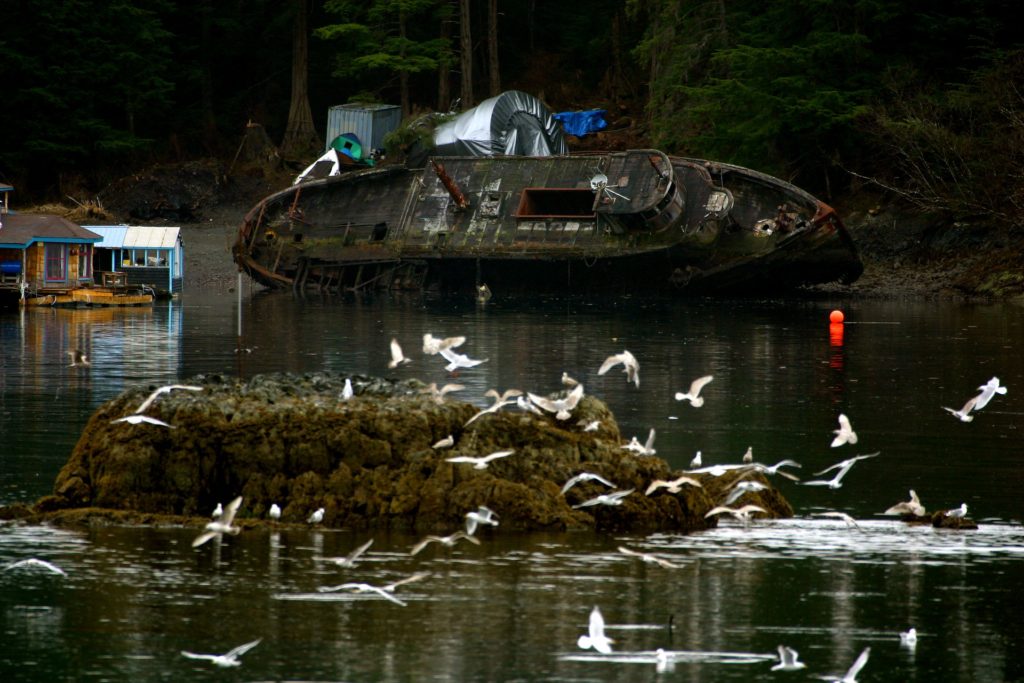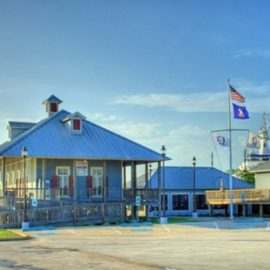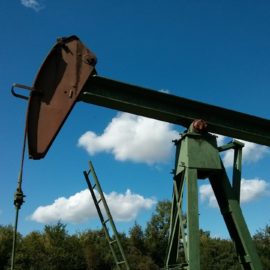
Ida created oil spills, but no one know how many and how fast they would grow.
The number of reported oil and chemical spills linked to Hurricane Ida has exploded this week, growing from 350 on Monday to more than 2,000 by Wednesday, according to the Coast Guard. While less than half of the spills reported to the National Response Center have been investigated, the number of incidents eventually confirmed seems likely to top the 540 individual spill reports after Hurricane Katrina in 2005. “Two thousand spills is an amazing and sad amount,” said Darryl Malek-Wiley, an organizer with the conservation organization Sierra Club. “It shows that our oil and gas infrastructure is not prepared for hurricanes.” Ida blasted a region chock-full of oil pipelines and wells, refineries and other industrial infrastructure, much of it in or near the Gulf of Mexico. The Coast Guard set up a pollution response team in Baton Rouge after Louisiana and U.S. officials were flooded with reports of oil spills in Ida’s wake. Coast Guard personnel are checking on reported spills via boat and airplane.
nola.com
I am shocked that the oil and gas industry is not prepared. How long have they been here and how many storms and hurricanes have they been through. On the good side, climate change and a greater emphasis on pollution may make them realize what needs to be done.

Most of the pollution incidents are oil spills in the Gulf or Mississippi River. “These can range from an oil drum, a gas can or something more major,” Coast Guard public affairs specialist Sydney Phoenix said. Some of the noteworthy incidents include a broken oil pipeline near Port Fourchon, which produced an 11-mile long sheen, and the flooding of the Phillips 66 refinery at Alliance, below Belle Chasse, which has oiled at least 90 birds. In both cases, the release of oil appeared to have been stopped or contained by Tuesday, nine days after Ida struck. Talos Energy was alerted to the pipeline rupture near Port Fourchon. On Monday, the company installed a containment dome to catch and recover escaping oil. Talos later determined the pipeline was owned by another company. “Our team reacted quickly and did the right thing, and we will continue working with local, state and federal regulators to see this through,” said John Spath, a Talos production operations manager. Malek-Wiley said the environmental harm from hundreds of spills can be wide-ranging. “If it’s in the open water in the Gulf or the wetlands on the coast, there can be a lot of impacts to seabirds, fish and other aquatic life,” he said.
The Gulf is ridged with the oil and gas industry and filled with offshore platforms. This in itself is a recipe for disaster.
None of the more than 2,000 reported incidents listed on Wednesday appeared to involve discharge from an active pipeline or well, Coast Guard officials said. About 830 had been assessed by the Coast Guard. Of those, about 10% couldn’t be verified or had no visible pollution on-site. About 650 of the reports required cleanup or a transfer of responsibility to a local jurisdiction. The Coast Guard has directly supervised 454 cleanups or mitigation efforts so far. It’s not yet known how much oil and other pollutants were released. Taken together, the Katrina-triggered spills were estimated at almost 11 million gallons, about equal to the amount of oil released during the 1989 Exxon Valdez disaster in Alaska. In August, a Times-Picayune | Advocate analysis of industrial data and Ida’s predicted route through the state found 590 sites that produce or store oil and other toxic chemicals were in harm’s way. Almost 380 of them were within 50 miles of the coast, putting them at particular risk from storm surge, strong winds and heavy rain.
The problem is that these spills are rising and becoming more common. Is it a factor of aging plants or just inaction on the management?
Malek-Wiley said spills after hurricanes are becoming all too common, but little has been done to hold polluters accountable. “After Katrina, there were no activities to get natural resource damage money from the leakers like they did with BP,” he said, referring to the 2010 Deepwater Horizon oil disaster that led to billions of dollars in fines and cleanup costs. “But with all those spills after Katrina, I don’t know of anybody who was held responsible or fined.”
Accountability is the key. Give them a good fine and charge them for the cleanup and eventually they will learn.



